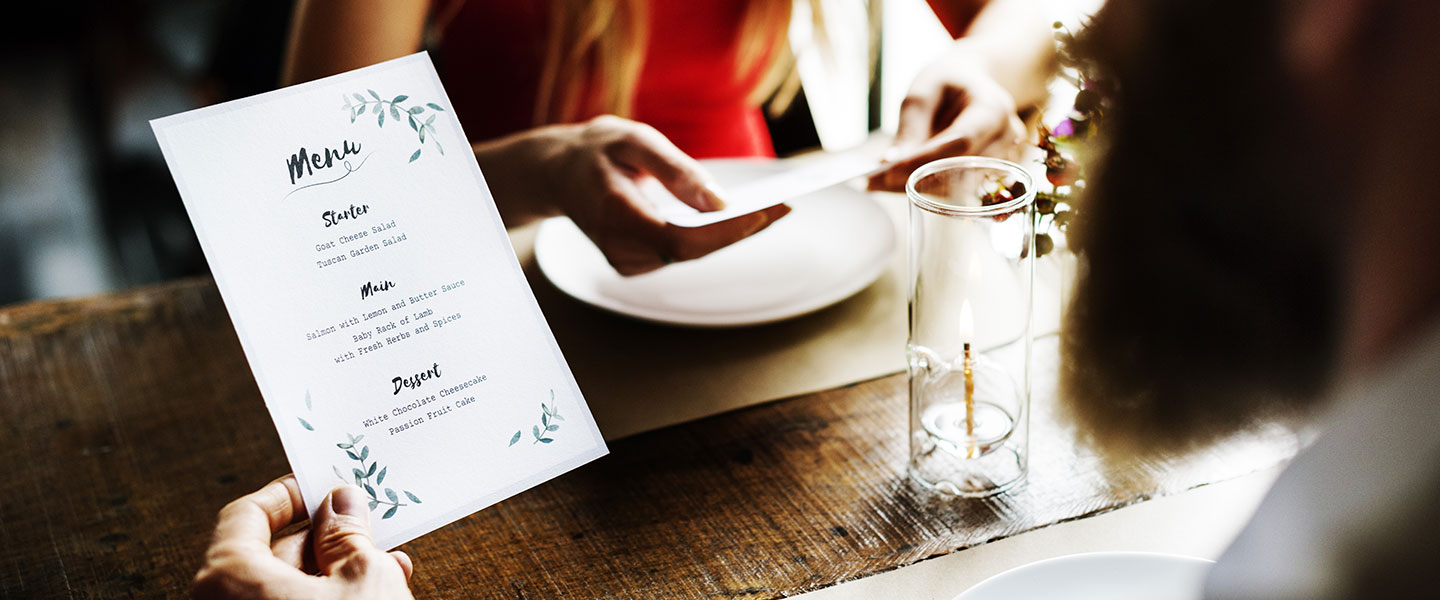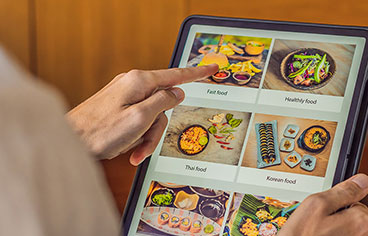
How Digital Can Transform The Restaurant Menu Forever
And What All Businesses Can Learn From It
It’s hard to argue that COVID-19 was a good thing for most businesses; yet for many it forced some new ways of operating that could be highly beneficial in the long run. As COVID wanes, companies must decide whether to revert these changes back to the pre-covid operating models or use these changes as the seed of a larger transformation.
Let’s take the restaurant menu as an example.
HOW DID COVID CHANGE THE RESTAURANT MENU?
In order to avoid passing germs on the shared menu, many restaurants switched to QR codes on each table that you can scan to access the menu on your smartphone.
Many restaurants started with PDF versions of their printed menu which required some awkward scrolling on phones but over time most menus have been optimized for mobile devices.
Customers became accustomed to this new format and appreciated that they no longer need to wait for servers to bring them a printed menu.
This is a small change, really, not something that transformed the dining experience. Nevertheless, as we look forward to germs being less of a focus, restaurants now have a decision to make: should they move back or go forward?
As COVID becomes less of a concern should they go back to printed menus or continue along the potentially transformational path of a full digital ordering experience.

WHAT DOES THE FUTURE OF DIGITAL MENUS LOOK LIKE?
Fully implemented digital menu systems for sit down restaurants are a lot like Uber Eats, DoorDash or other tools to order food for delivery. The menu is presented electronically and can be sorted or searched. Images of dishes are provided. The customer can make their choices and pay right from the app or mobile page. Then the server brings their food when it is ready.
A great example of this is OTG, a chain of restaurants in airports that have tablets available on each table so you can order your food, ask for the bill, or request assistance.
What are the advantages of full digital ordering systems in restaurants?
There are seven main benefits for having digital menus...
- Customers can browse items and their prices and filter items by preference and dietary restrictions.
- A digital meny can also include daily specials, which are easier to update digitally than with printed menus and it can also more easily indicate or hide items that are out of stock.
- Digital menus also make it easier to see what the food looks like by having photos and descriptions for every dish as well as suggested food pairings based on your chosen dish.
- Digital menus can allow customers to place an order digitally without having to flag down a server. The ability to more easily request another drink or add to an order not only increases convenience but also revenue.
- Customers can also use the digital menu to indicate when they need assistance rather than having to “keep an eye out” for their server.
- Customers don't have to “find” their server to request a bill, they can pay it right from the digital menu either when they order or when they are ready to go. Splitting a bill or calculating a tip is also easier.
- Because the customer is placing their own orders and paying the bill themselves, each server can either handle more tables or provide more attentive customer service, such as advising guests, serving food in a more relaxed manner, taking photos, etc.
Many of these benefits reduce the “waiting time” in the dining experience (waiting for a menu, to give your order, to pay your chek) which allows the restaurant to turnover their tables faster. The more tables they can turn, the more revenue they can generate.
WHAT DOES THIS MEAN FOR OTHER BUSINESSES?

Brands can get stuck in their ways and avoid thinking about transformation. That’s the benefit of a situation like COVID — it can force you to try new things that you otherwise might not.
What is your organization's equivalent to the digital restaurant menu? Now that you have the opportunity to move forward (or backward), what can your business potentially look like if you continue to proceed in this digital direction instead of going back to your pre-pandemic ways?